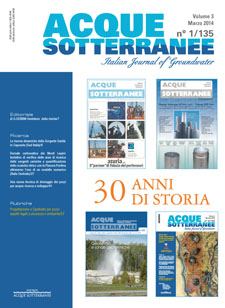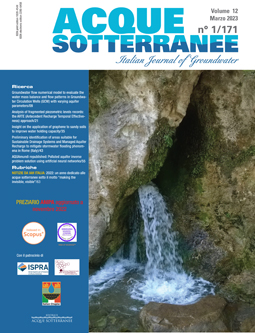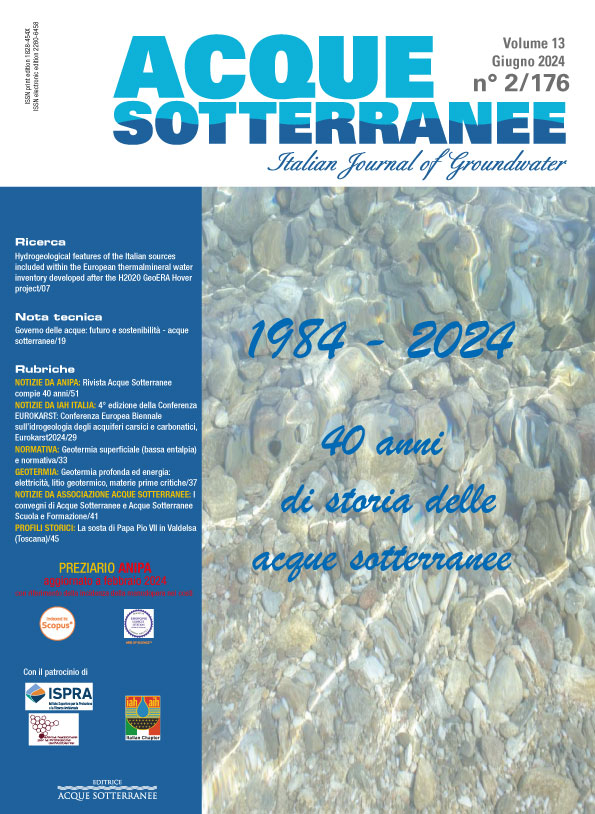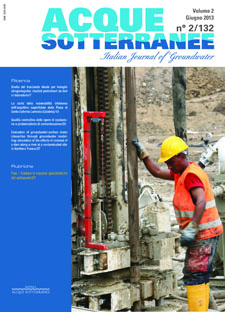Entropy Analysis of Synthetic Time Series (Am05038)
The aim of this paper is to attempt to exploit the entropy (as has been defined by Shannon in 1948 as a measure of disorder) of the probability distribution as a measure of variability, associating with other measures of the distribution characteristics of variables (such as skewness) and various indicators of non-stationary.
Using Monte Carlo methods discrete time series have been generated, both stationary and with different types of non-stationary (white noise with hidden fluctuations and trends), drawn from normal and non-normal populations.
The variations of the entropy of all samples were analyzed, in order to relate them with different statistics (variability, skewness) and with different parameters used in the generation and analysis (linear trends wavelengths, lengths class intervals).
Once found the sought relationships, they are used as patterns in the entropy analysis of real time series of hydroclimatic variables such as precipitation with different levels of aggregation. The joint entropy of random variables can also be analyzed, as well as areal distribution.








